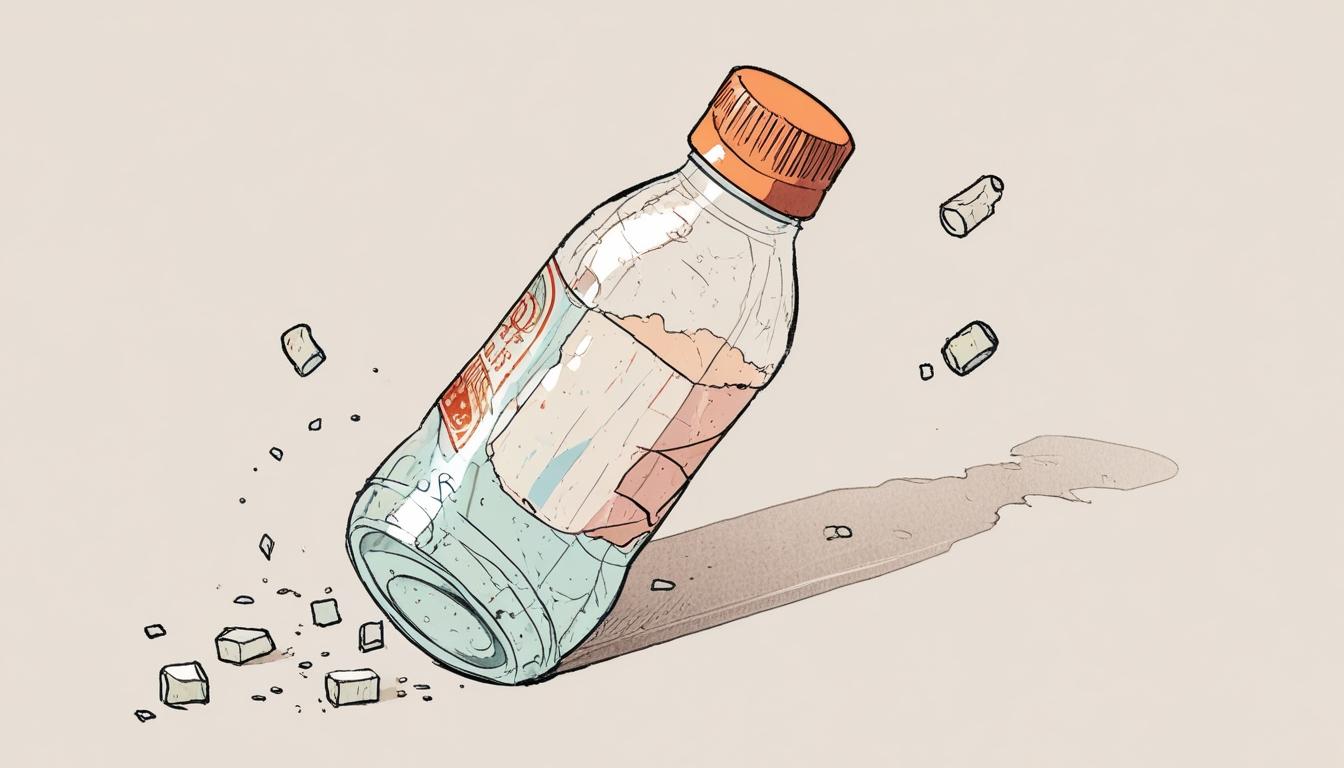The increasing reliance on starch-based bioplastics has sparked optimism about the future of sustainable materials. Traditionally positioned as a greener alternative to their petroleum-based counterparts, this new class of plastics is often hailed for its quicker biodegradability and plant-derived origins, primarily from sources like corn and sugar. However, recent peer-reviewed research casts a shadow over these claims, revealing that these supposedly eco-friendly materials may pose similar health risks as conventional plastics.
The study indicates that starch-based bioplastics can induce serious health issues, including organ damage and metabolic disruptions, which may lead to conditions such as cardiovascular disease. Notably, the research suggests that the chemical composition of these materials can cause imbalances in gut microbiomes—a crucial aspect of human health. Yongfeng Deng, a co-author of the study, expressed significant concern over these findings, stating that "biodegradable starch-based plastics may not be as safe and health-promoting as originally assumed." This raises alarming questions, especially considering the prevalence of bioplastics in everyday products—from fast fashion garments to disposable cutlery.
The notion that bioplastics are inherently safer than traditional plastics has been a cornerstone of their appeal. Yet, the research points out a growing body of evidence indicating that their breakdown rates may be slower than the industry claims, with many products potentially contributing to long-lasting environmental pollution. In fact, an estimated 2.5 metric tonnes of bioplastics were used last year, with projections suggesting this number could more than double within five years, signalling an urgent need for scrutiny of their safety and environmental impact.
Additionally, while bioplastics may degrade, they also degrade into micro-bioplastics—tiny particles that can enter the food chain and water supply, mimicking the issues associated with conventional plastics. The study observed significant health issues in mice exposed to these materials over an extended period, reinforcing the urgent call for further investigations into their safety. Researchers highlighted that abnormalities were found in vital organs, causing microlesions in tissues such as the liver and ovaries, particularly at higher exposure levels.
Broader dialogue around bioplastics has increasingly highlighted the regulatory gaps that exist within this sector. The lack of a universally recognized definition or framework for bioplastics means that products marketed as biodegradable can vary dramatically in their real-world performance. A comprehensive review of 43 bio-based products, for instance, found that two-thirds exhibited baseline toxicity, with many containing harmful additives similar to those found in traditional plastics. The consensus among experts is clear: without stricter regulations and an emphasis on comprehensive chemical safety, the promise of bioplastics as a genuinely green alternative may remain unfulfilled.
As public interest in reducing plastic waste rises, the search for sustainable solutions intensifies. However, it is essential that these alternatives are adequately vetted to ensure they do not contribute to further harm. Activists and researchers alike are advocating for increased vigilance regarding plastic exposure in consumer products, urging individuals to limit their use of items that may contribute to escalating health risks.
In light of these findings, the narrative surrounding bioplastics may need reevaluation. What was once considered a silver bullet in the battle against plastic pollution now faces a more complex reality, one that demands transparency, accountability, and a renewed commitment to genuinely sustainable practices.
Reference Map
- Paragraph 1: [2], [3]
- Paragraph 2: [1]
- Paragraph 3: [2]
- Paragraph 4: [4], [6]
- Paragraph 5: [4]
- Paragraph 6: [5], [7]
Source: Noah Wire Services
